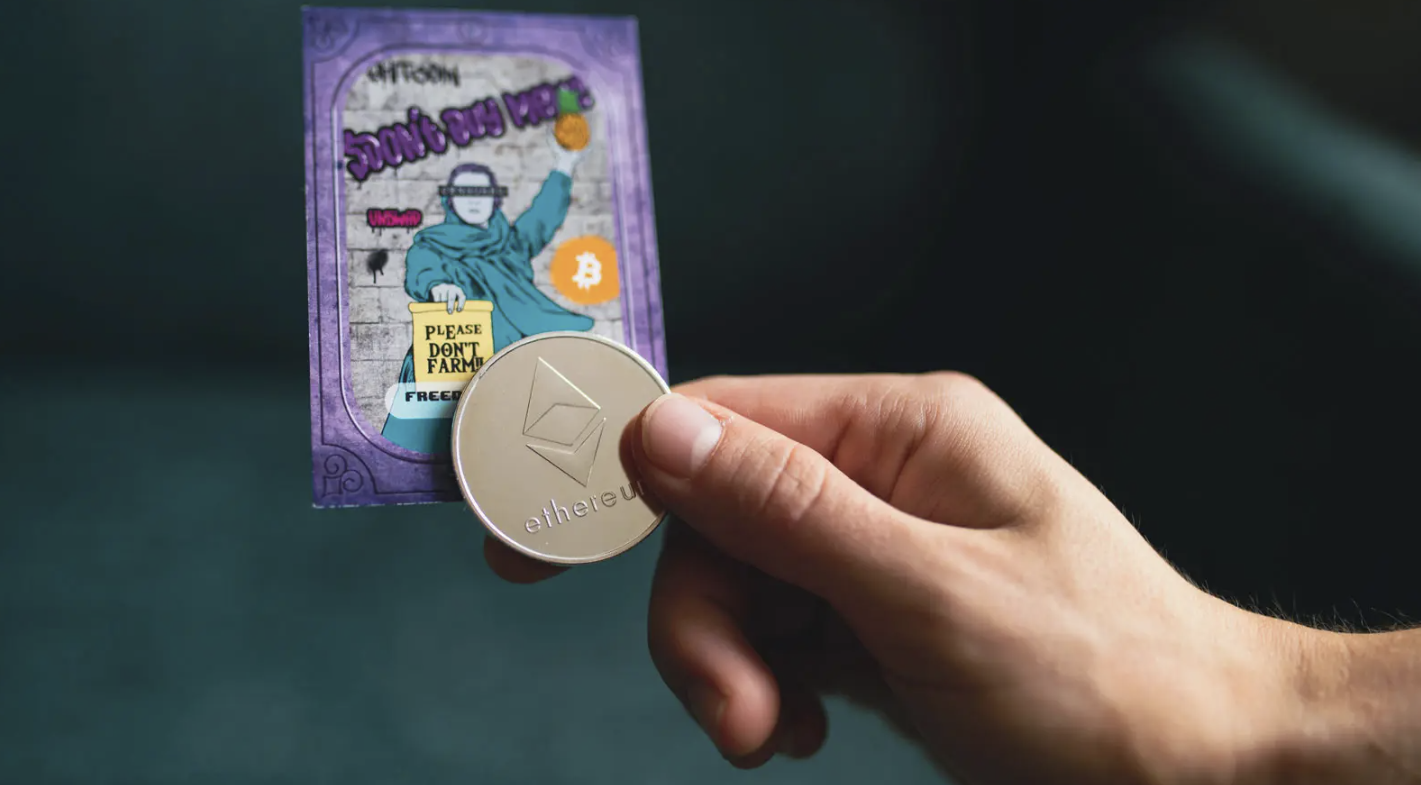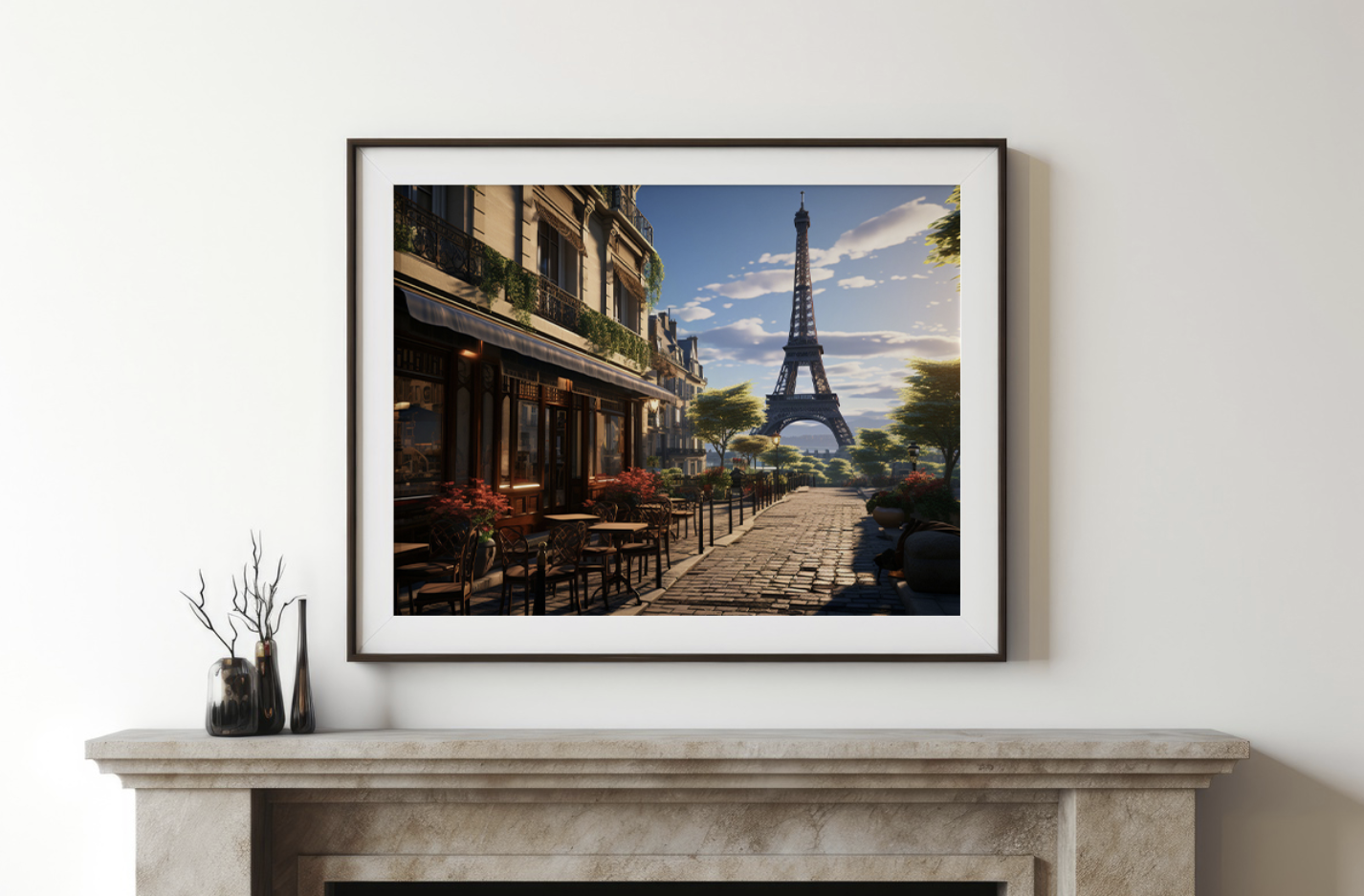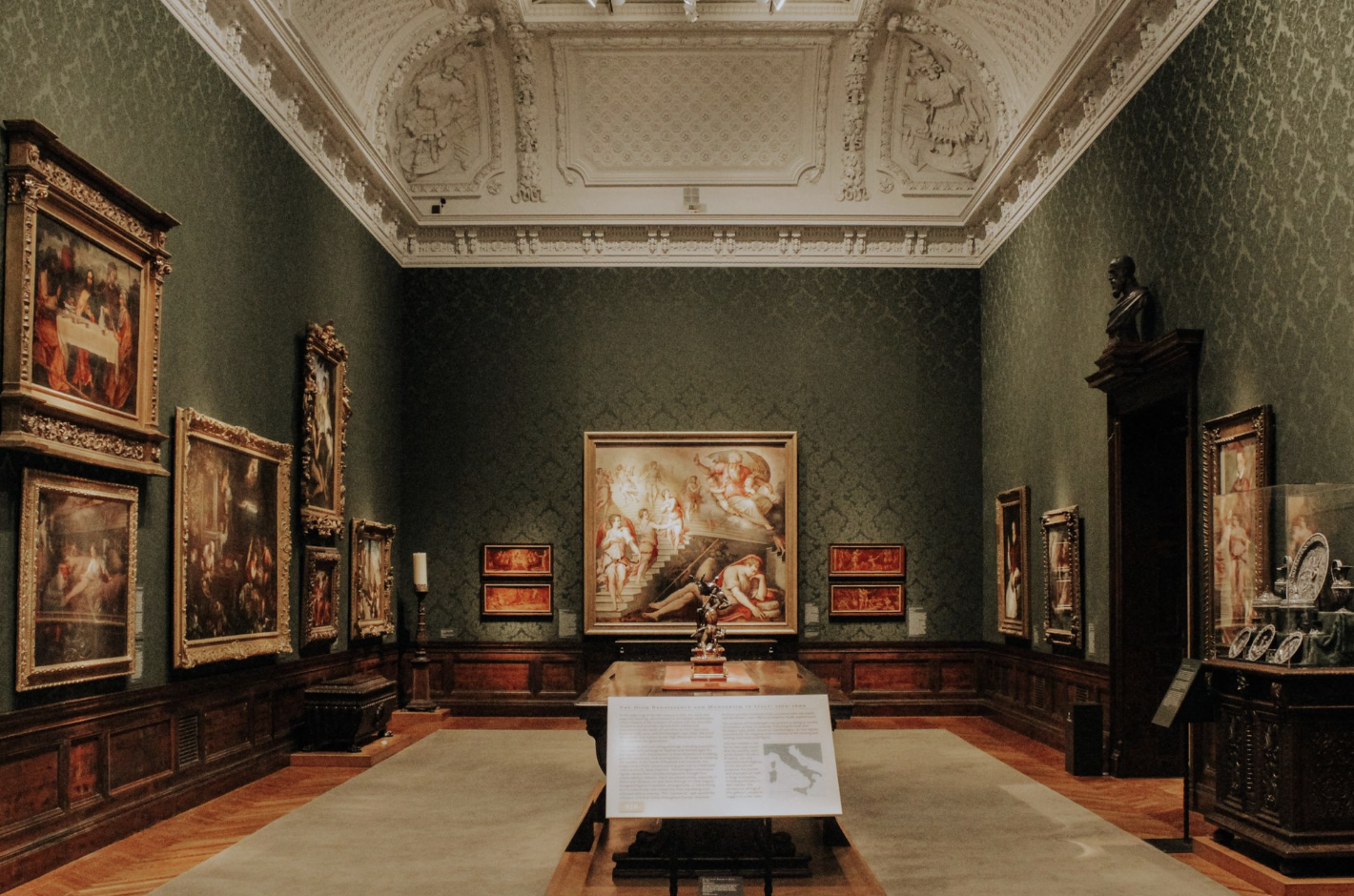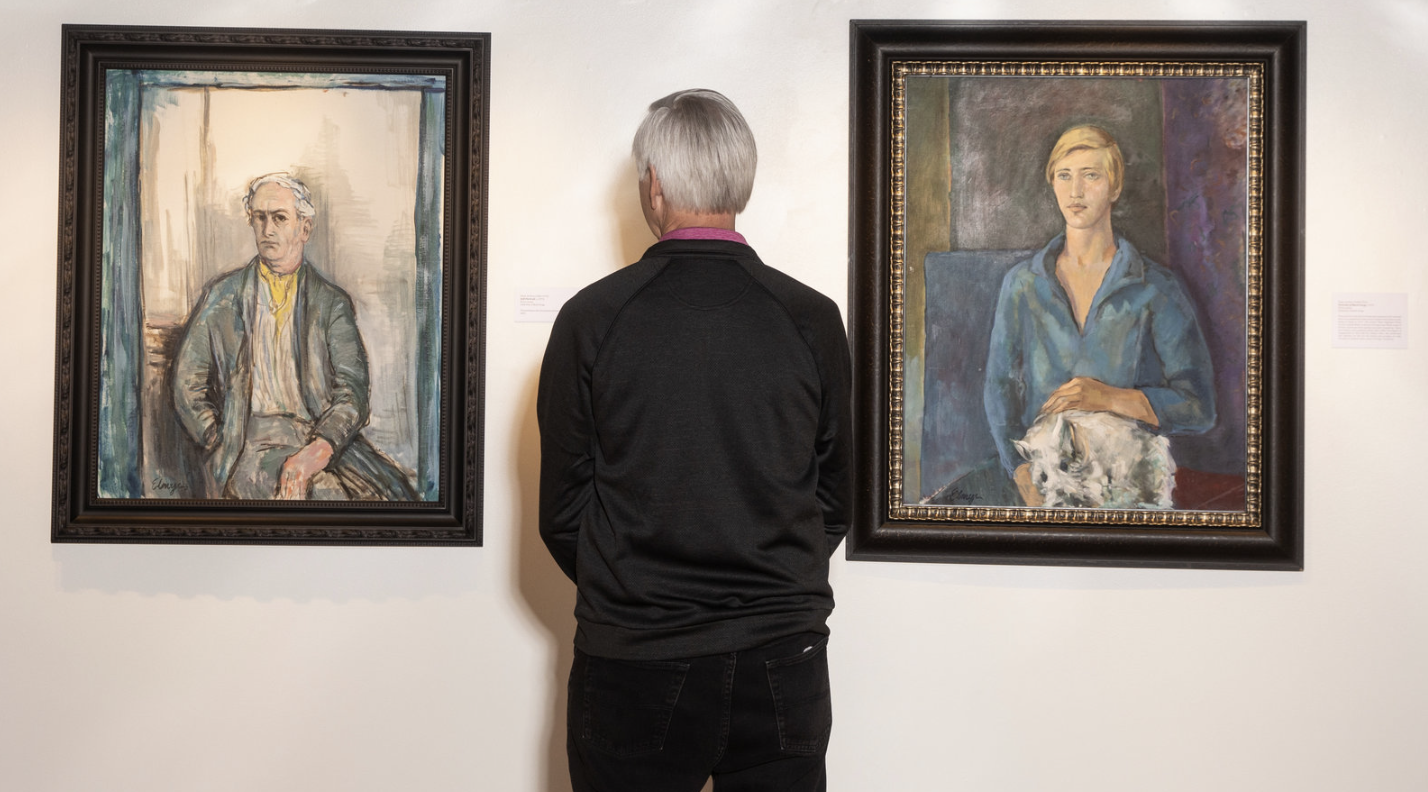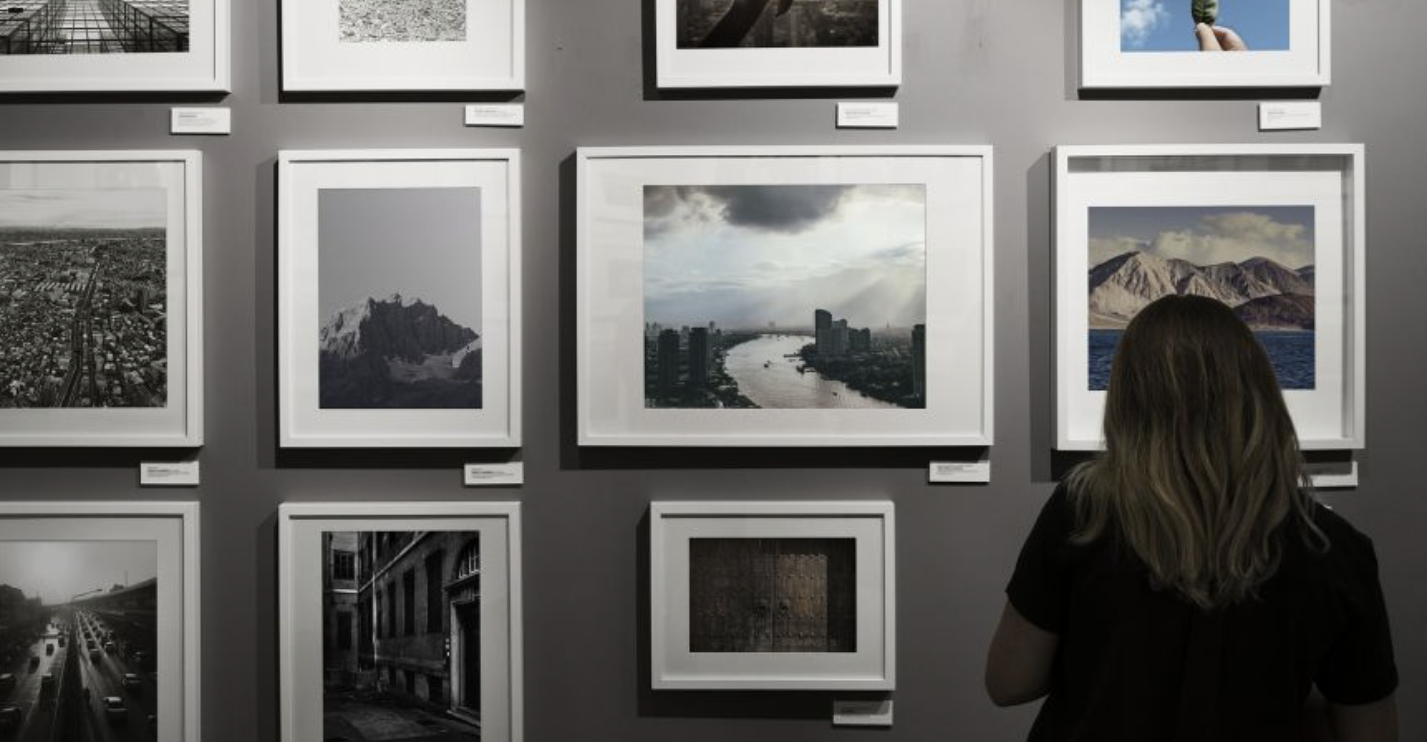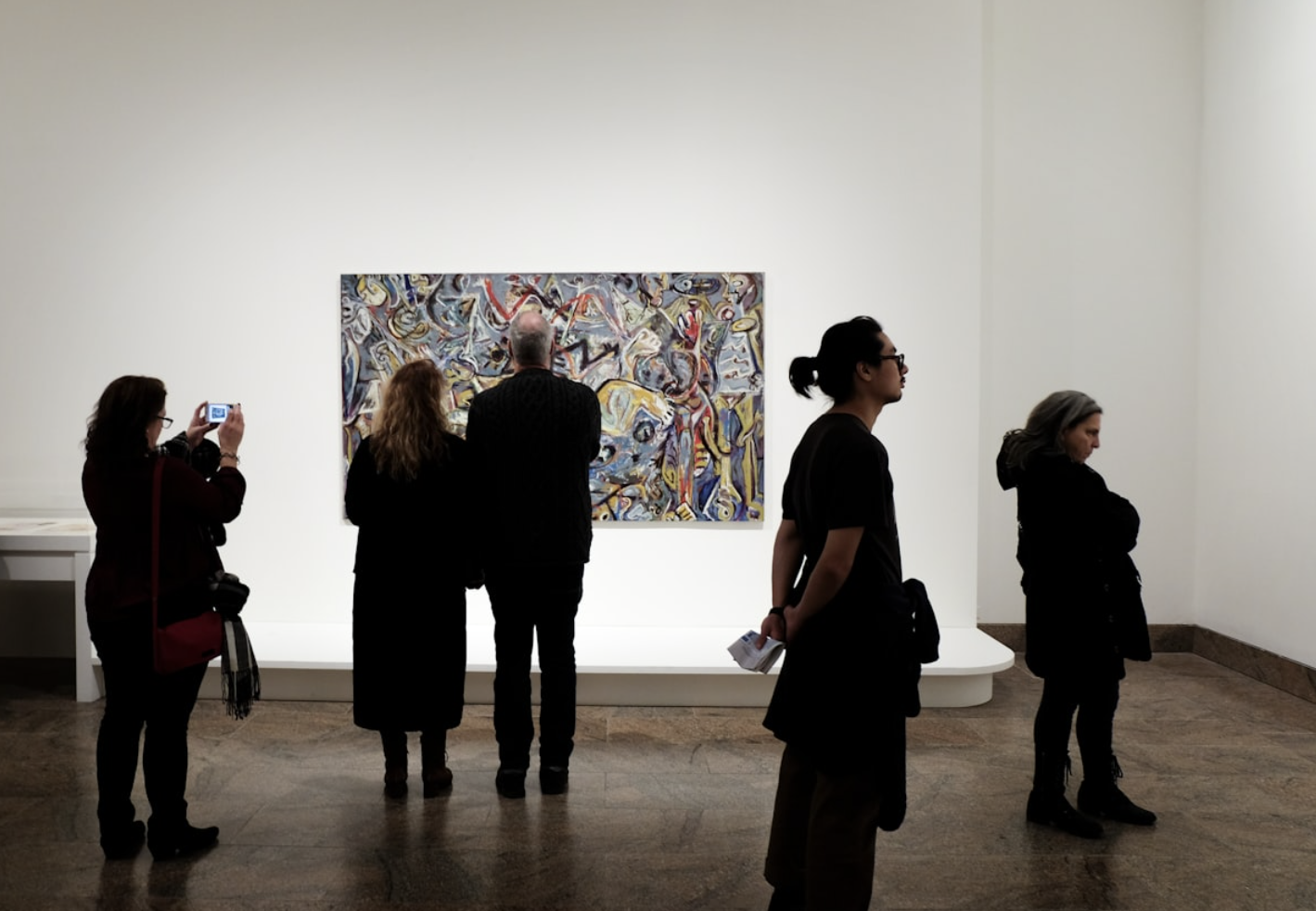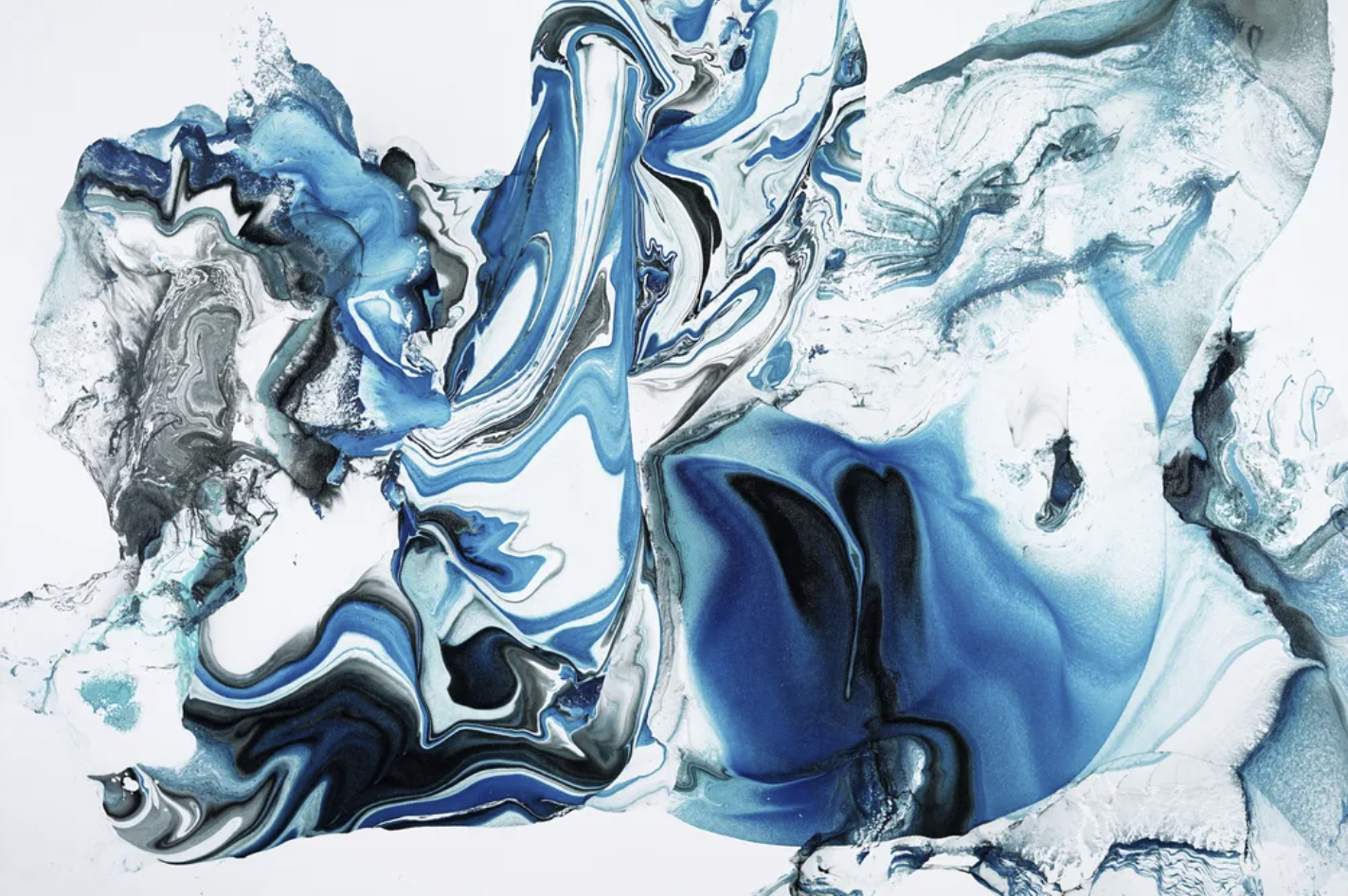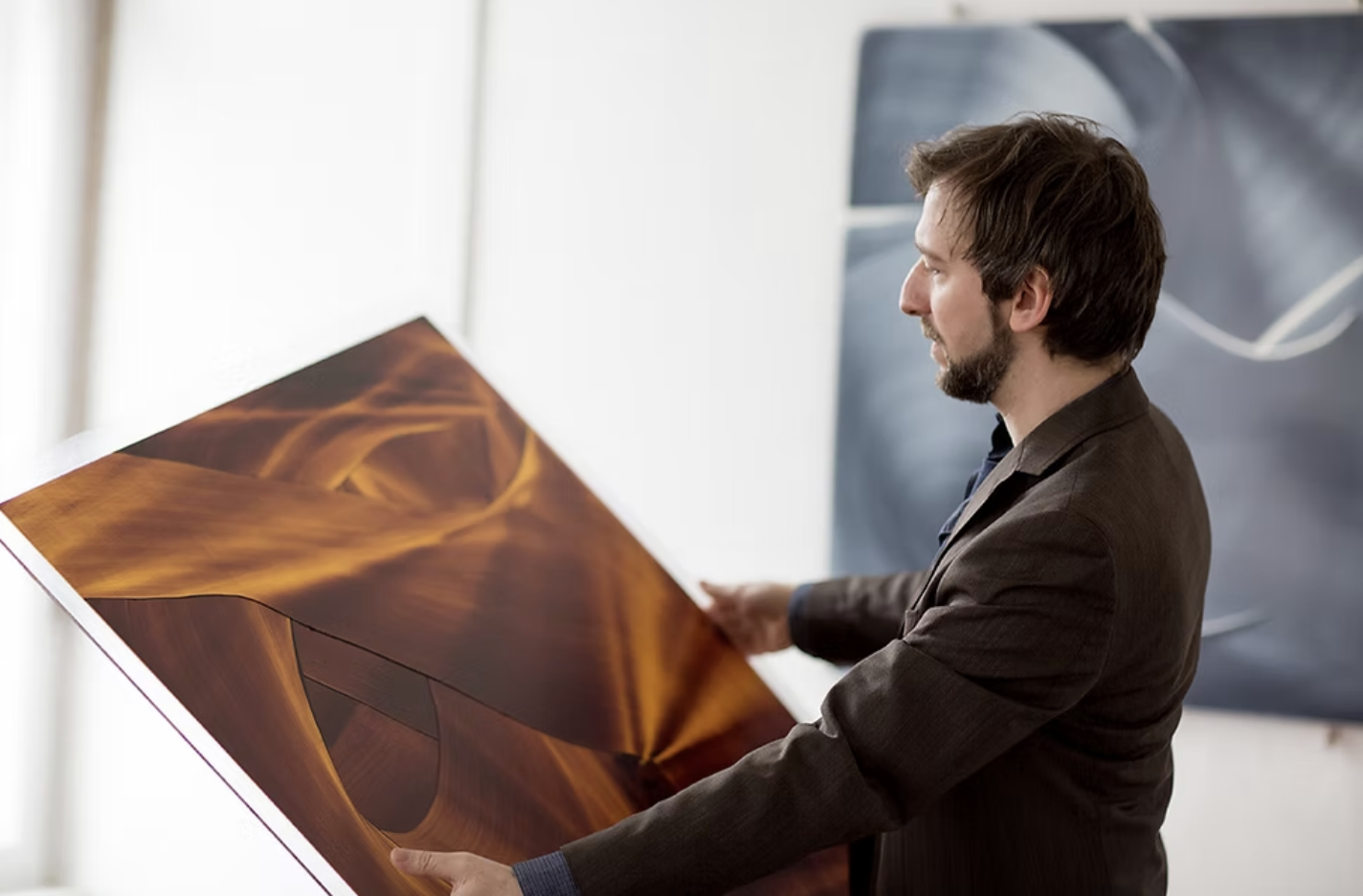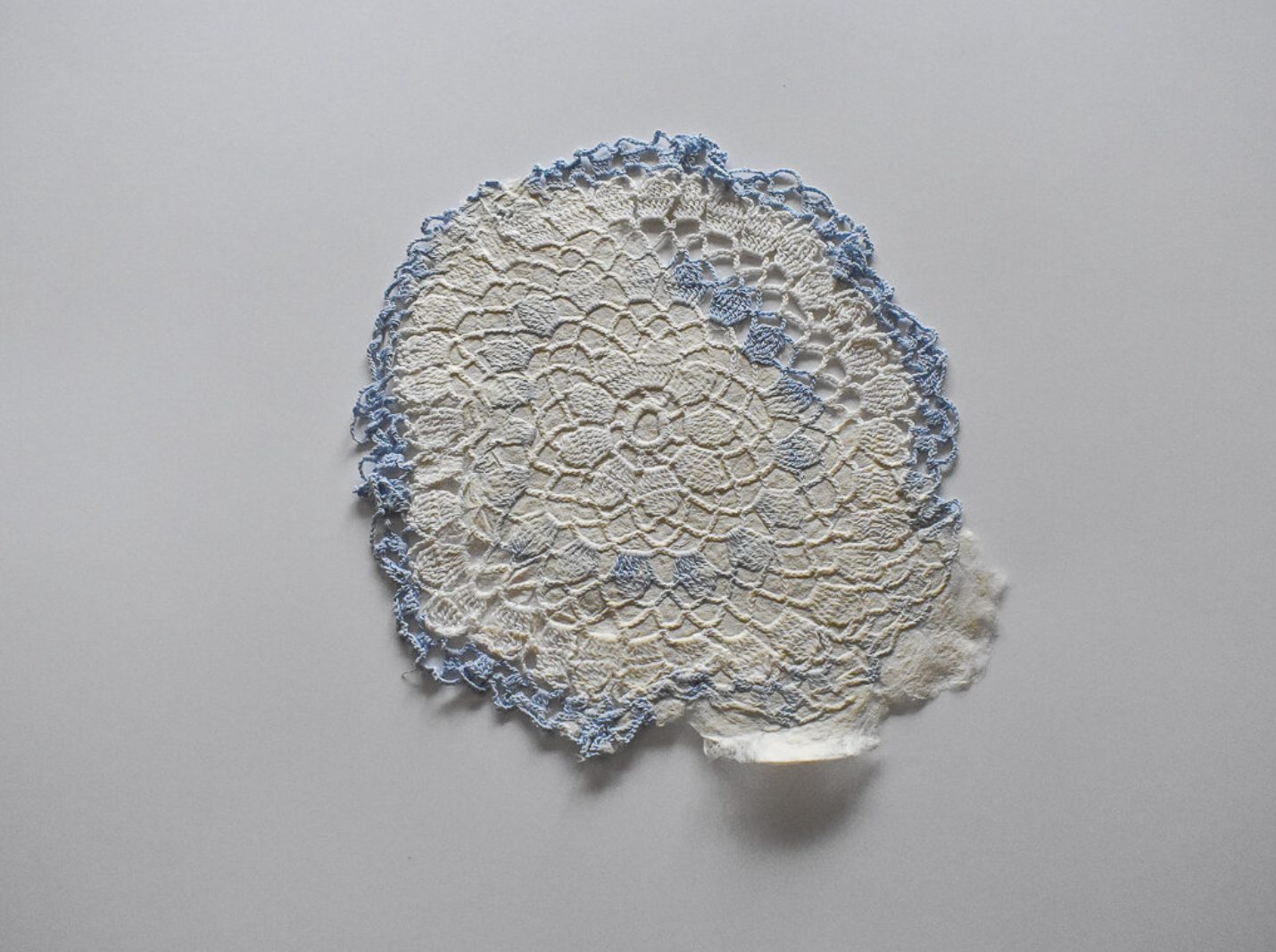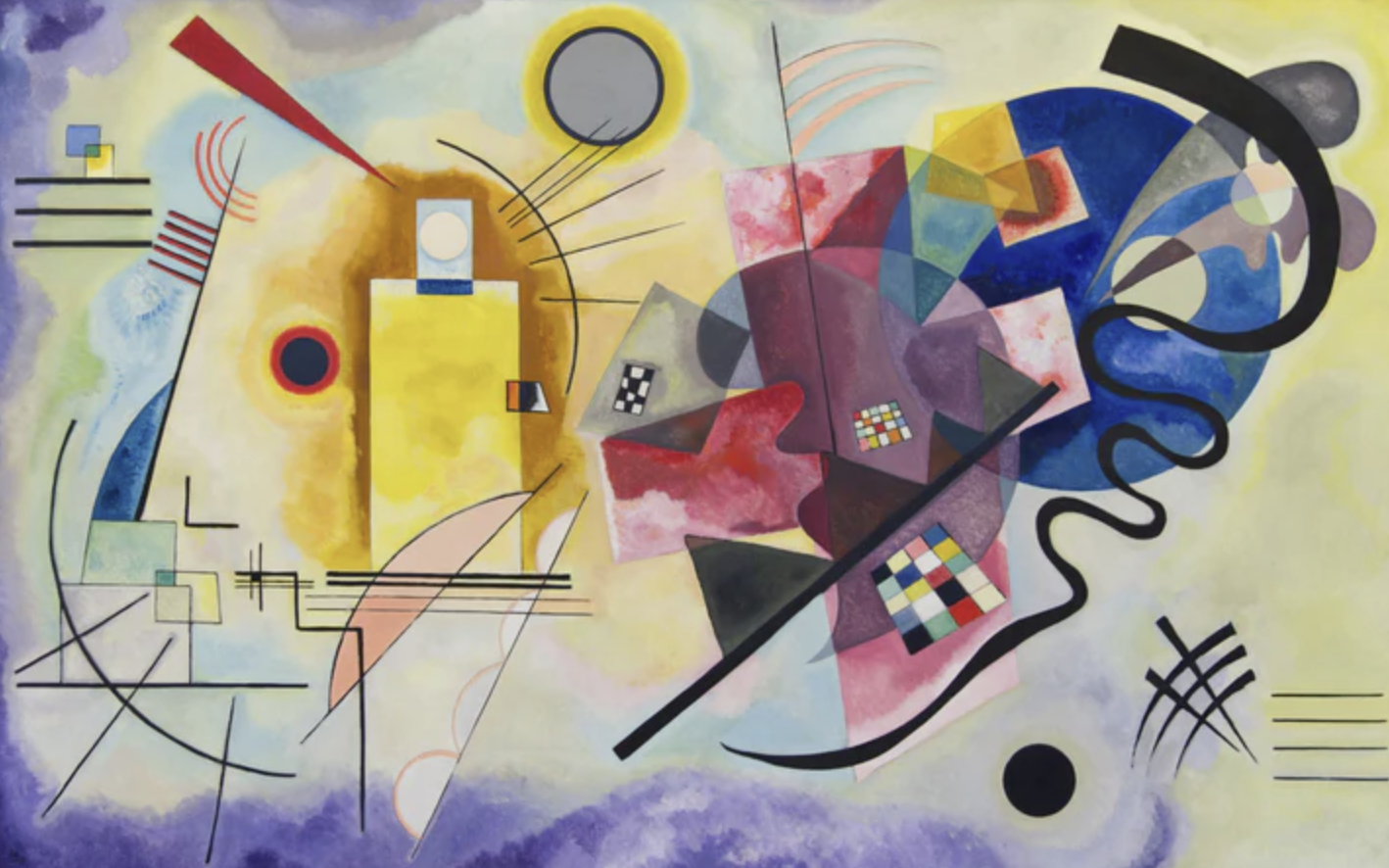
Abstract art, also known as nonobjective art, is a genre that transcends traditional representations of the visible world. It can be created across various mediums, such as painting, sculpture, and printmaking, and focuses on shapes, colors, and forms rather than depicting real-life subjects. Emerging in the early 20th century, many believe its roots can be traced back to the 19th century.
A Break from Tradition
Abstract art marked a significant departure from the classical art forms that sought to replicate nature and the human experience. Instead of focusing on realism, this movement sought to explore new ways of expressing emotions and concepts through color and form. It emphasized freedom from conventional subject matter, allowing artists to delve into an exploration of shapes, colors, and textures to convey a deeper, often symbolic message. The result was a completely new way of interacting with art, where the viewer’s perception and emotional response take center stage.
Influential Artists of the Abstract Movement
Some of the most significant figures in the abstract art movement include Wassily Kandinsky, widely regarded as the first true abstract artist. Other important contributors were František Kupka, Robert Delaunay, Kazimir Malevich, Piet Mondrian, Pablo Picasso, Paul Klee, and Jackson Pollock. These artists brought forward new themes and techniques, such as:
- Graphism
- Minimalism
- Symbolism
- Expressionism
- Realism
- Mixed media
These innovations continue to inspire contemporary artists and collectors alike, shaping the evolution of abstract art into the powerful, diverse field it is today.
How to Approach Buying Abstract Art
For those new to collecting abstract art, the first step is to educate yourself on art history and the various techniques artists use. Understanding different styles and methods will help you identify pieces that resonate with you personally. Spend time with each piece, noticing the emotions or thoughts it evokes. Some works may speak to you immediately, while others might require a deeper connection over time.
Developing Your Eye for Art
As you become more familiar with abstract art, you’ll start to develop a sharper eye for its nuances. Pay attention to how colors, shapes, and textures are used, and ask yourself technical questions such as the materials used and the conditions under which the piece was created. Learning about the artist’s life and the context of their work can also provide valuable insights into the piece’s meaning and significance. With practice, assessing artwork will become second nature, allowing you to make informed decisions when building your collection.
Choosing the Right Abstract Art Piece
When selecting a piece of abstract art, trust your instincts. If a painting evokes a strong emotional response or a sense of connection, that’s a good sign that it might be a worthwhile investment. However, it’s also important to consider how the piece will fit into your living space. Think about where you plan to display the artwork: Will it complement your existing décor? Does it suit the room’s size and ambiance? If you’re unsure, seeking advice from an art expert can help you make the right choice.
Where to Buy Abstract Art
When it comes to finding abstract art, there are several avenues to explore. One of the best places to start is by attending art fairs and exhibitions. These events offer a wide range of pieces for sale, often directly from the artists or through professional intermediaries. While browsing, don’t overlook emerging artists. A piece from a lesser-known artist could increase in value over time as their reputation grows.
Galleries and Auctions
Art galleries are another great place to explore abstract art, though they may have a more limited selection compared to larger fairs or online platforms. Additionally, auctions can be a fantastic opportunity to acquire unique pieces, although they might be intimidating for newcomers. If you’re new to auctions, consider reading up on the process or even attending a few to gain confidence.
Buying Abstract Art Online
Online platforms have revolutionized the way people buy and sell art, offering a wide selection of abstract art from all over the world. However, when buying art online, it’s essential to ensure that the website is reputable and trustworthy. Platforms like Artalistic provide a secure, transparent purchasing experience, offering an extensive collection of art from both established and emerging artists. With a dedicated team of art experts to guide you, Artalistic ensures that every piece is authenticated and comes with a certificate of provenance.
Conclusion
Collecting abstract art is not just about owning beautiful pieces—it’s about embracing a unique form of expression that invites viewers to explore new perspectives. Whether you’re drawn to the colors, shapes, or emotional resonance of a piece, abstract art offers endless opportunities for personal and aesthetic enrichment. By educating yourself, trusting your instincts, and exploring various purchasing options, you can start building a collection that resonates with your taste and potentially grows in value over time.



